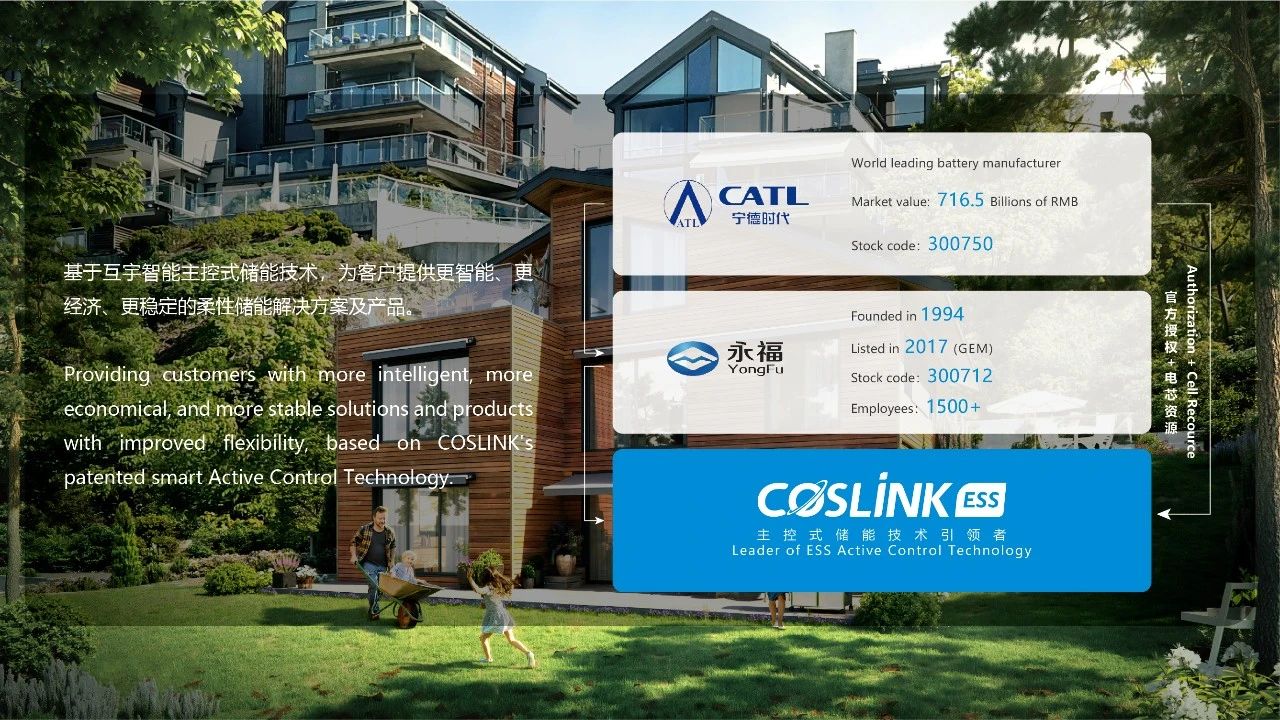-
Global
Global
Jun 18, 2024 View: 1
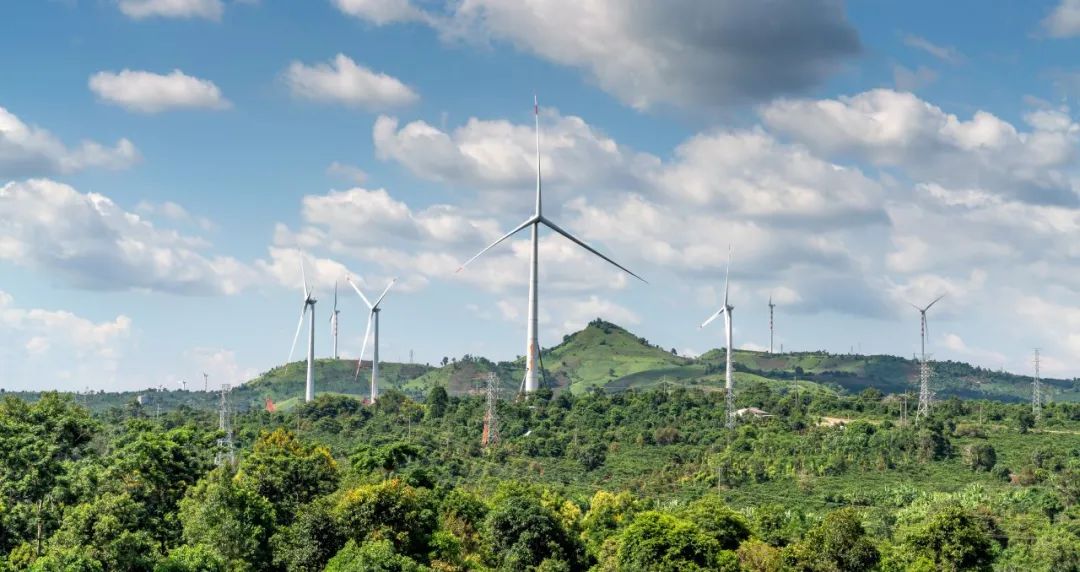
With the vigorous development of the new energy industry and the market’s pursuit of more advanced and efficient energy storage technologies, liquid cooling energy storage technology has rapidly become a trend. Compared to air cooling storage cabinets, liquid cooling ones feature higher energy density, smaller footprint, improved cooling efficiency, harsh operating environments adaptable, and lower long-term operation and maintenance costs.
Based on the ESS Active Control Technology, COSLINK has launched its brand-new active control liquid cooling energy storage cabinet system. It is equipped with a built-in active control optimizer. Such a cabinet can co-work with COSLINK modular PCS cabinet to achieve functions such as peak shifting, off-grid backup power and power quality improvement. For locations with high installation space requirements such as feeder zones, communities, hospitals, shopping malls, and government agencies, especially those requiring distributed energy storage solutions, this liquid cooling product would be a great choice.
COSLINK recently delivered an Active Control Liquid Cooling Energy Storage project to Shandong, which includes two sets of 233 kWh liquid cooling battery cabinets.
COSLINK EnerMax Active Control Liquid Cooling Energy Storage Cabinet integrates battery modules, BMS, temperature control, fire protection, power & environment monitoring, access control, and water immersion modules, etc., into an IP54 outdoor cabinet. The cabinet contains five 166.4V 280Ah (0.5C 1P52S) liquid cooling battery packs with an IP67 protection level, connected in series to form a high-voltage battery cluster to ouput via a high-voltage box.
System Topology
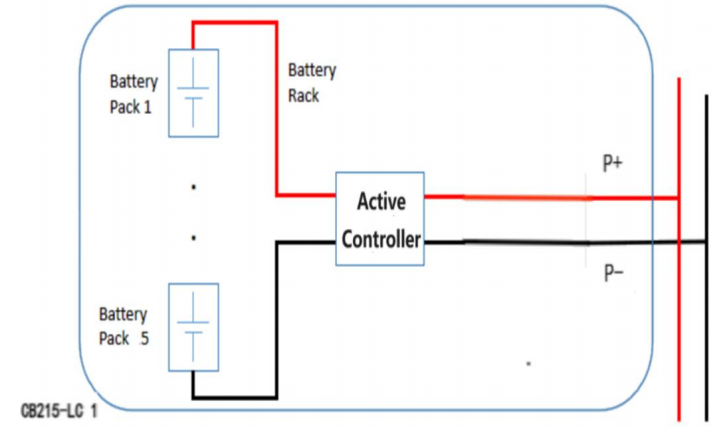
We use an integrated BMS for the battery management, which consists of battery cell management units (SBMU) and an upper level SBCU. The SBCU monitors and manages the five battery modules within the cluster, by collecting the status data (voltage, current, temperature, state of charge, etc.), estimating and correcting the SOC and SOH, as well as conducting charging and discharging monitoring and protection.

EnerMax Liquid Cooling Energy Storage Cabinet Parameters
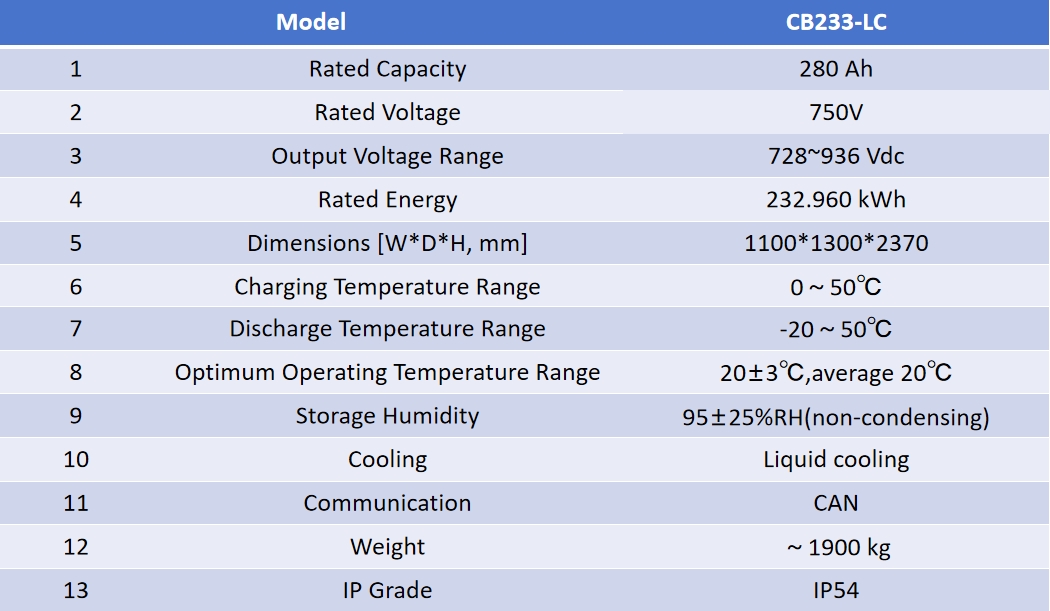
Advantages of COSLINK Liquid Cooling Energy Storage Cabinet:
Active Charging & Discharging Balancing Control
Unlike other liquid cooling energy storage cabinets in the industry, COSLINK system integrates an active-control optimizer to manage and protect the charging and discharging of battery clusters. For a battery stack with multiple parallel-connected clusters, the optimizer can achieve active balancing between clusters and even enable parallel operation of clusters with different nominal voltages.
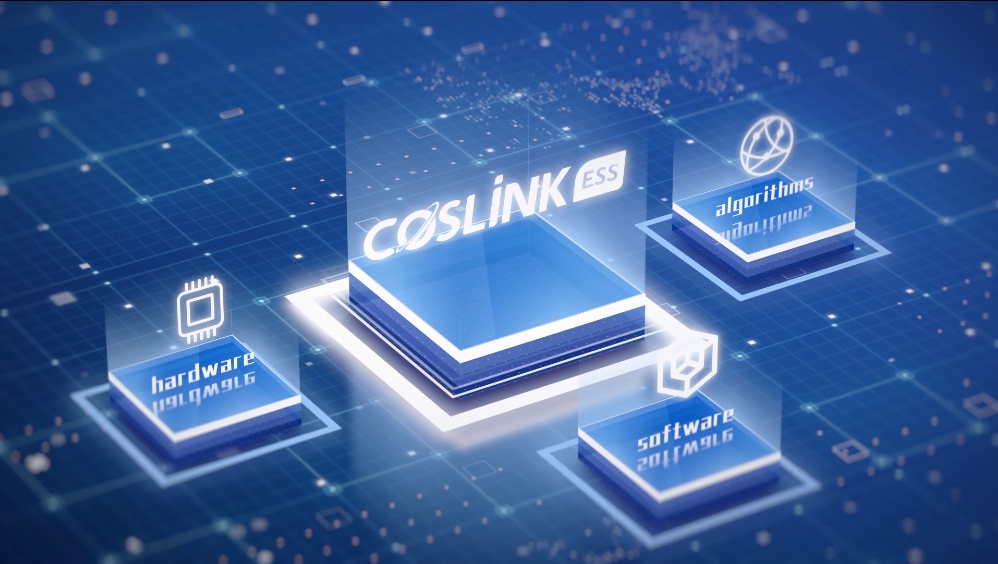
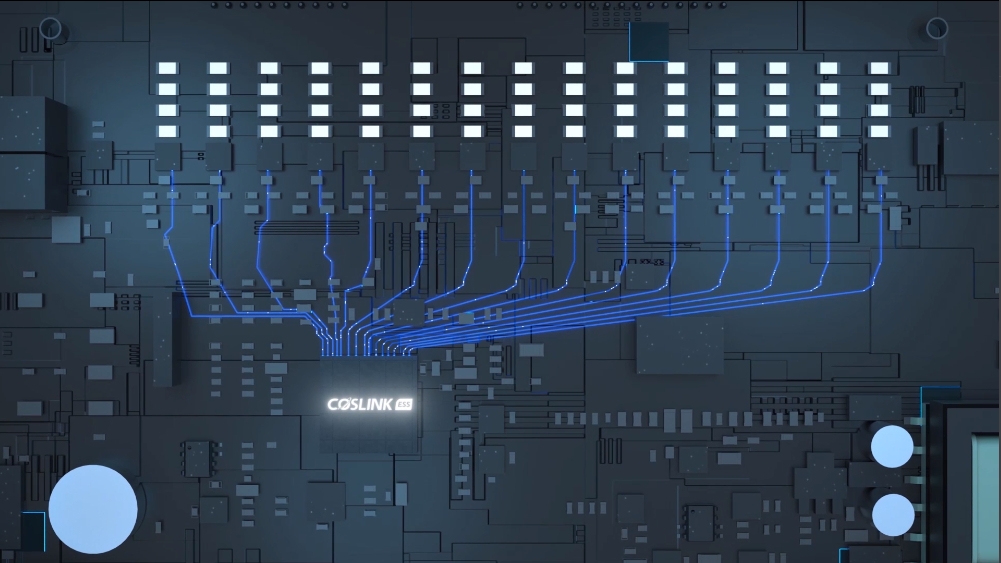
Power Isolation
The active control optimizer ensures power isolation between clusters in the battery stack system, which effectively addresses the “barrel effect” issue among clusters. This significantly increases the usable capacity of the battery stack, greatly alleviating the management pressure and capacity anxiety for users.
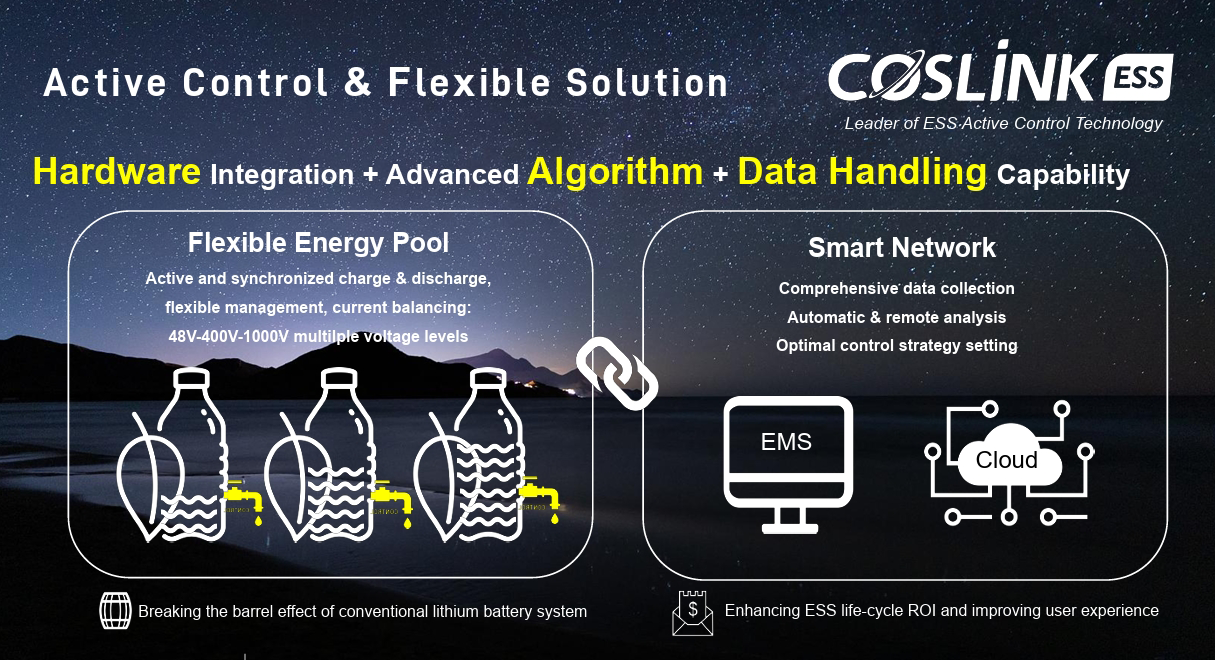
Comprehensive Protection Mechanism
The energy storage cabinet is internally equipped with a liquid cooling temperature control system, a fire protection system (aerosol), and a cabinet power & environment monitoring system (including access control, water immersion, temperature and humidity units). These auxiliary systems collaborate comprehensively to ensure the long-term and stable operation of the ESS.
Air cooling and liquid cooling are two common cooling methods used in ESS, each with its own advantages. Whether to choose air cooling or liquid cooling in practical energy storage applications, depends on factors such as the actual required output power of the ESS, heat-dissipation requirements, and cost budget. No matter which method our customers choose, COSLINK can provide stable, intelligent, and flexible energy storage solutions and products.
Starting from the actual needs, we have always been striving to address customers’ pain points!
